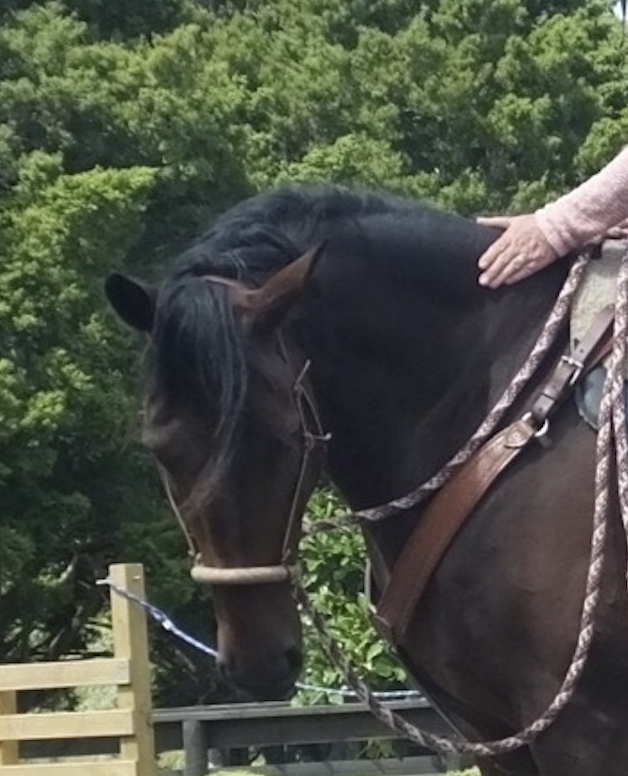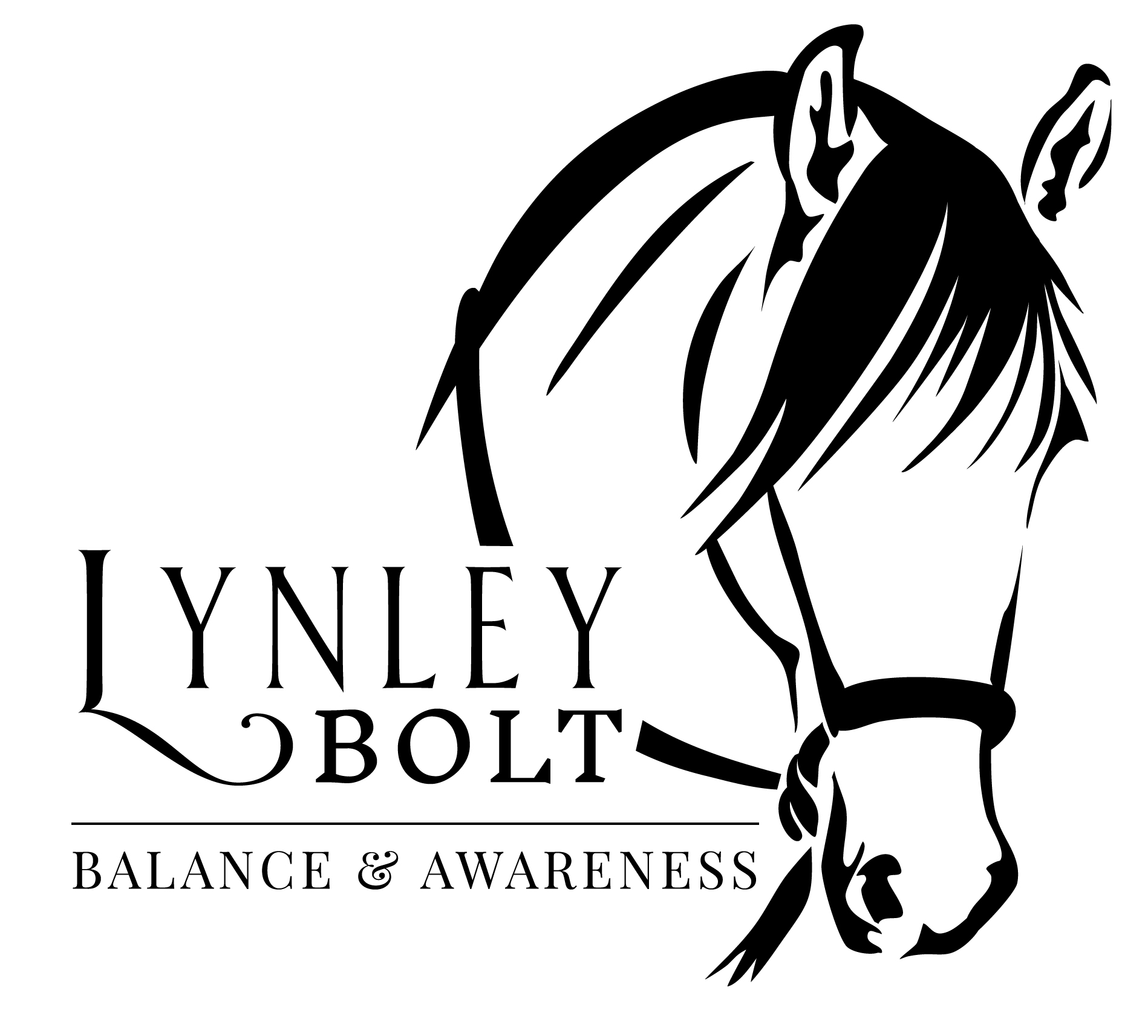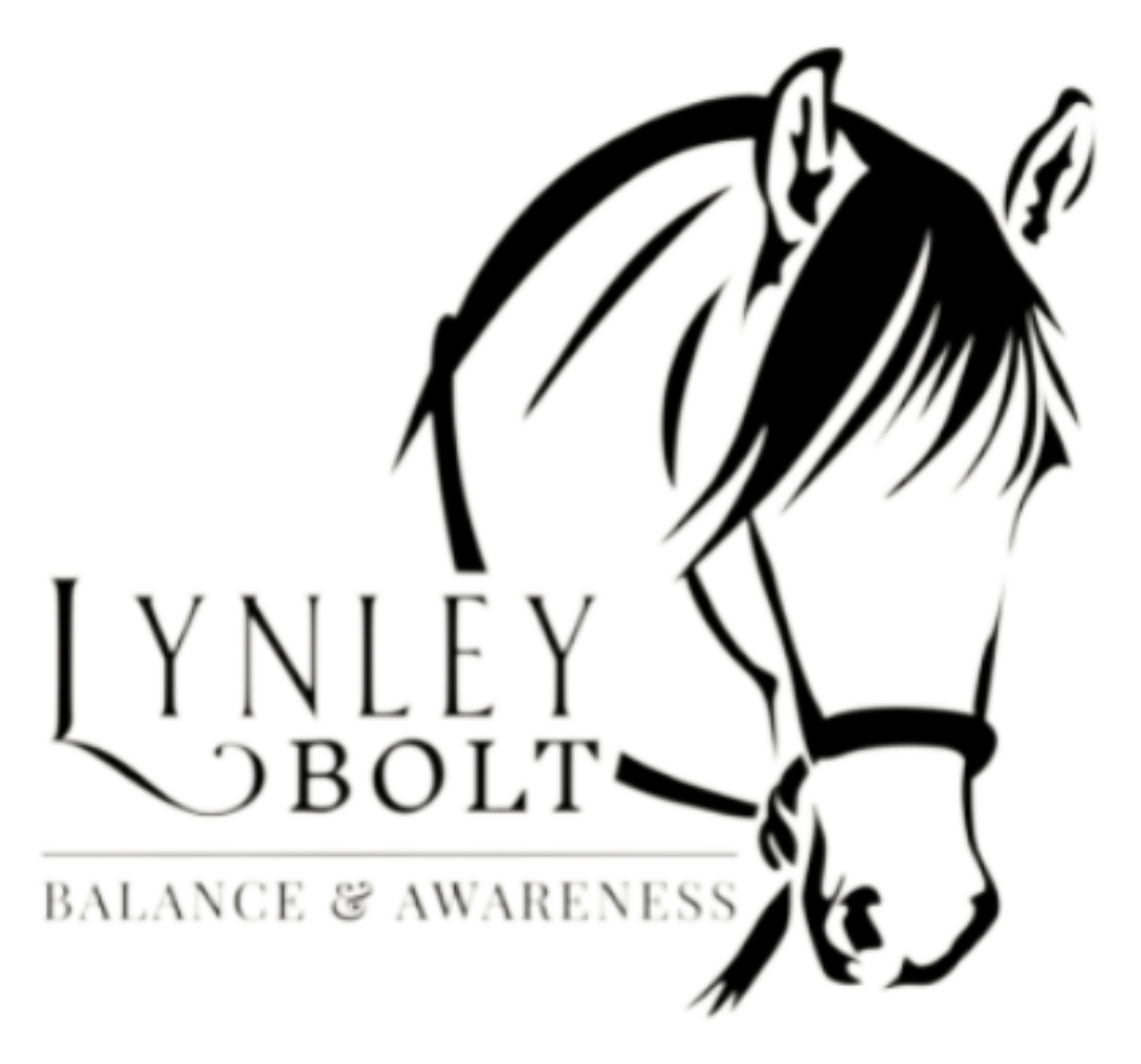
How is Your Touch Received?
When I talk about touch, I'm talking about acknowledgement.
When I'm working on the ground, whether it’s Leading with Connection, Groundwork, or In-Hand work, I focus on touching at the wither, the spot I can reach while riding. This isn't just a casual touch; it's a deliberate, meaningful action communicating with my horse on a deeper level.
On the ground, this touch is a bridge to our riding experiences. By touching at the wither, I convey acknowledgement – a message that says, "I've got your back; it's alright." When my horse is frightened, that touch reassures them that I am present and aware of their fear. It's a silent but powerful way to say, "Well done" or "Good try."
I use touch as an alternative to treats, though I’m not against using treats. I give treats often, but the method and context of giving them matter. Acknowledgement is the big word here. Think about it: if they get a fright and you touch them consistently, over time, they start to understand that you are always there for them. You're always going to touch. They begin to associate this touch with comfort and safety.
For example, when they have a significant release, like yawning or licking and chewing, I touch them to acknowledge it. It’s my way of saying, "I see that, I hear you, I see you." This consistent acknowledgement builds a strong bond of trust and understanding.
When riding, this touch translates into a tool for calmness. If something happens, you can touch, bringing them back to a calm state. They remember that on the ground, you touched them during moments of uncertainty, and it carries through to your riding.
You can also touch while leading. If they have a big lick and chew, yawn, or any significant release, you touch and keep walking. Over time, you don't need to stop and give them a big break; you can keep moving and give them space to process while acknowledging their efforts.
When a horse has done exceptionally well and broken through a challenging moment, I touch them and say, "Well done, that was amazing." I try not to overdo it with rubs and exuberance. I want to touch, acknowledge, and then step away, giving them space to process and own what they have just learned.
I find this especially important because when I’m learning something new, I need time to process it. If someone interrupts me immediately after I’ve grasped a new concept, I lose the thread of my thought. It doesn't sink in properly. Horses are similar. They need that moment of quiet acknowledgement to let the lesson settle.
So, I touch and then get out of the way, giving them space to internalise and own what they’ve just learned or experienced. This approach is particularly beneficial when leading. If they drop their head and start blinking, yawning, or showing any signs of processing, I touch to acknowledge without disrupting their learning process.
This touch is crucial during significant moments, like teaching a horse to park by the mounting block. I touch to say, "Yes, I’m up above you, but it’s okay." This helps in transferring ground lessons to the saddle, reinforcing the connection and communication we've built.
Touch is really important. It’s the start of becoming one with your horse. It’s the acknowledgement of their feelings, the reassurance during their fears, and the silent applause during their successes. Through touch, we build a language of trust and understanding that transcends words and treats. It’s the foundation of a harmonious relationship, both on the ground and in the saddle.
Touch, It's really important.
It is the start of Becoming One.
Lynley
FOLLOW US!
© 2025 Lynley Bolt - Balance & Awareness - All Rights Reserved
Platform provided by HorseBizAutomated


